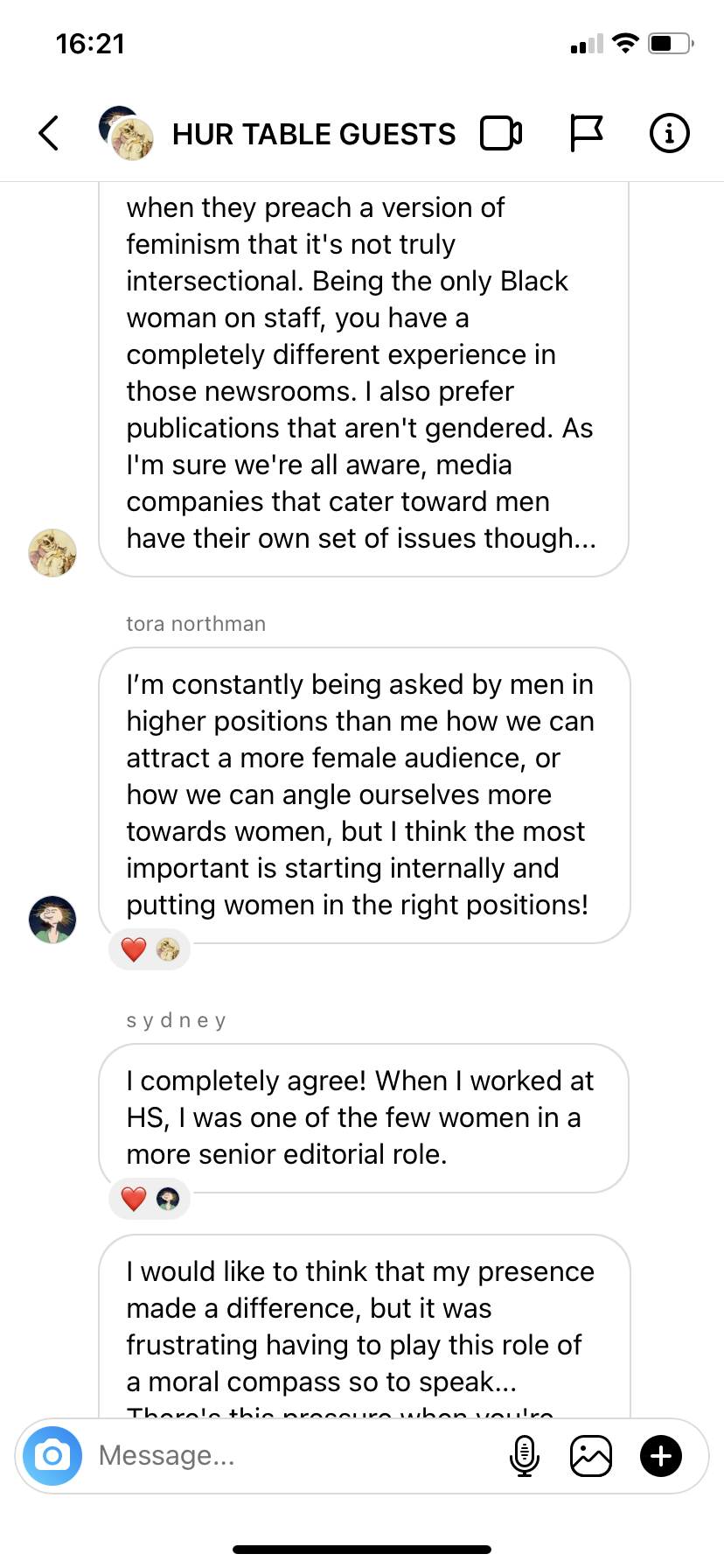HOW WOMEN’S MEDIA HAS FAILED US
HOW WOMEN’S MEDIA HAS FAILED US
With Chantal Fernandez, Sydney Gore and Tora Northman
By HURS Team
In women’s style media it’s as if time has stood still. From its business model to its homogenous — yet inconsistent — publishing, the failure to modernize has left the industry feeling outdated and out of touch with how we inform our decisions today.
The truth is that mainstream women’s publications rely heavily on advertising dollars. According to The Business of Fashion, consumer magazine digital advertising revenues will reach $11.3 billion by 2023, while print advertising revenues will account for $10.3 billion. It’s big business for those hungry enough to open the gates to editorial compromise.
The promise of magazines once was one of offering a unique point of view. But what happens when their survival is increasingly contingent on keeping those footing the bill happy? They Trojan Horse it. I remember working on a series of shopping segments for a well-known fashion publication where at least 80 percent of all featured products had to be that of their advertisers, a very common rule-of-thumb for most glossy magazines. It’s simply one example showing how brands that actually move the cultural needle are left to fend for themselves.
In the fight for eyeballs, women’s media’s weapon of choice has been being everything to everyone. A sea of sameness is the result. Those that have largely succeeded with their independent curation like The Gentlewoman or Cereal Magazine are well respected, yet their digital semi-absence has left readers wanting something fresh, more honest.
CHANTAL FERNANDEZ
Chantal Fernandez is a New York based fashion and beauty writer who was most recently a senior correspondent at The Business of Fashion and previously spent time at Fashionista, Lucky magazine and Vanity Fair.
SYDNEY GORE
Sydney Gore is a writer, editor and journalist based in New York. She currently holds the position of Digital Design Editor at Architectural Digest. Additionally, she freelances for a variety of outlets including The New York Times, Vogue, Vox and Atmos. She also writes a newsletter called Bloated By Thoughts.
TORA NORTHMAN
Tora Northman is a London based journalist currently working at Highsnobiety. Prior to Highsnobiety she was one of the editors at Hypebae. She’s also an expert on all things TikTok.
Clearly we had a lot to discuss in this week’s HUR Table Guests, where we asked three journalist friends of HURS a straightforward question, where do we go from here?






















